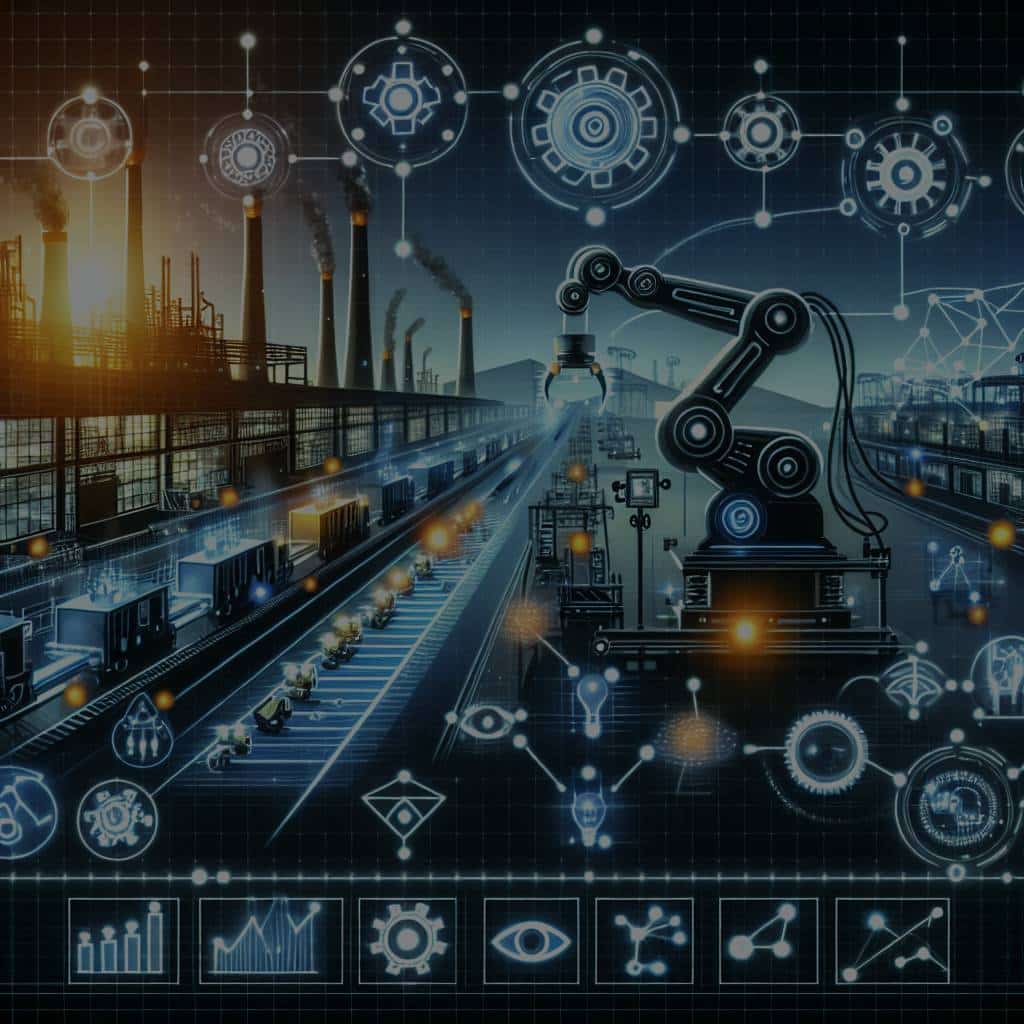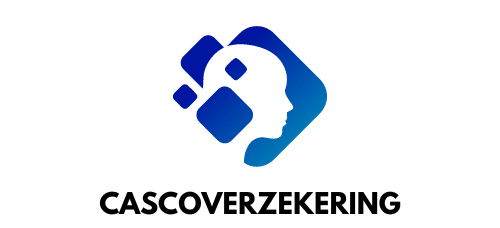What Breakthroughs in Machine Vision Are Advancing Precision Robotics in Manufacturing?

The advent of advanced technology is revolutionizing industries worldwide, particularly manufacturing. One of the most promising developments is machine vision, which is enhancing the capabilities of industrial robotics and paving the way for automated production processes. Machine vision is a technology that allows robots to ‘see’ and adapt to their environment, thus improving quality control, efficiency, and overall productivity. In this article, we will delve into the breakthroughs in machine vision that are propelling precision robotics in the manufacturing sector.
The Role of Machine Vision in Robotics
Before we explore the advancements, it’s crucial to understand the fundamental role machine vision plays in robotics. Essentially, machine vision endows robots with the ability to perceive and interpret visual data. This enables them to perform tasks that require visual recognition and discernment, such as quality assurance, product sorting, and precise assembly.
Also to see : How Is Technology Propelling Forward the Development of Smart Ports for Shipping Efficiency?
Machine vision systems consist of several components, including cameras, sensors, and computer algorithms, all working synergistically. The visual data captured by the cameras and sensors is processed and analyzed by the algorithms, which then dictate the robot’s actions based on this information. This system is instrumental in enhancing the robots’ accuracy and speed, thereby boosting overall manufacturing efficiency.
Breakthroughs in Machine Vision Technology
The progress in machine vision technology is largely driven by advancements in data processing, learning algorithms, and camera technology.
Also to discover : How Are Quantum Communication Networks Enhancing Data Security?
Data Processing
One significant breakthrough is the rise of Edge Computing. This technology allows data processing to occur on the device itself (the ‘edge’), rather than relying on a centralized data center. By enabling immediate data analysis, edge computing reduces latency, thereby allowing the robot to respond more rapidly to its environment.
Moreover, the use of advanced data analytics and artificial intelligence (AI) has enhanced the processing capability of machine vision systems. These technologies can analyze complex patterns and make predictions, enabling robots to perform more sophisticated tasks with greater accuracy.
Learning Algorithms
Just as humans learn from experience, robots can improve their capabilities through learning algorithms. Deep learning, a subset of AI, is an approach that allows robots to learn from large datasets, enhancing their predictive abilities and decision-making skills.
Significantly, Reinforcement Learning, a type of machine learning, allows robots to learn through trial and error. Employing this method, a robot can autonomously improve its performance by adjusting its actions based on feedback from its environment.
Camera Technology
Finally, advancements in camera technology have been pivotal for machine vision. High-resolution cameras capture detailed images, allowing robots to detect minute variations in the manufacturing process. Additionally, 3D imaging technology provides depth perception, enabling robots to navigate their environment more effectively.
Impact on Manufacturing Industry
These breakthroughs in machine vision technology have far-reaching implications for the manufacturing industry. They have given birth to a new generation of robots that can perform tasks with unprecedented precision and consistency.
Quality Control
Machine vision systems provide an effective solution for maintaining strict quality control standards. Robots equipped with these systems can inspect products in real-time, identifying defects or irregularities with greater accuracy than human workers. This minimizes the risk of faulty products reaching the market, enhancing the overall quality of the manufacturer’s output.
Automation
Machine vision is also a cornerstone of automation in manufacturing. Robots with this technology can perform tasks that were previously reserved for humans, such as sorting products, assembling components, or operating machinery. This not only increases production speed but also frees human workers from monotonous or hazardous tasks, allowing them to focus on more complex duties.
Efficiency and Productivity
The incorporation of machine vision technology in manufacturing processes leads to significant improvements in efficiency and productivity. With the ability to operate around the clock, robots can greatly increase the production rate. Moreover, the precision and consistency of robot-operated processes minimize waste and errors, further boosting efficiency.
The Future of Machine Vision and Robotics in Manufacturing
While the progress in machine vision technology has already made a significant impact on the manufacturing industry, it’s clear that we are only scratching the surface of its potential. With ongoing advancements in AI, data processing, and camera technology, the capabilities of robots will continue to expand.
In the near future, we may witness robots performing tasks with the same level of dexterity and cognitive ability as human workers. This could herald a new era in manufacturing, characterized by increased productivity, quality, and efficiency. However, it’s crucial that industries navigate this technological transition responsibly, ensuring that it brings benefits to all stakeholders, including employees.
In conclusion, the breakthroughs in machine vision technology are indeed transforming the manufacturing industry. By enhancing the capabilities of industrial robots, these advancements are paving the way for more efficient, productive, and quality-driven manufacturing processes.
The Interplay between Machine Vision and Artificial Intelligence
Understanding how Artificial Intelligence (AI) and machine vision integrate is crucial in comprehending the potential of precision robotics in manufacturing processes. AI and machine vision are two technological advancements that have recently come together to revolutionize the role of industrial robots.
AI, particularly machine learning and deep learning, is a technology that enables machines to mimic human intelligence. It aids in decision making, pattern recognition, and data interpretation, among other key functions. Machine vision, on the other hand, is a technology that endows robots with the ability to interpret visual data.
When combined, AI and machine vision equip robots with the cognitive abilities to interpret and react to their environment, much like humans. For instance, AI algorithms can process and analyze the visual data collected by machine vision systems in real time. This allows a robot to identify defects in products, sort items accurately, or navigate through complex environments.
Moreover, machine learning, a subset of AI, can also improve the function of machine vision systems over time. Robots can learn from the visual data they collect, continually improving their precision and efficiency in the manufacturing process. This amalgamation of machine vision and AI is a critical factor in the advancement of precision robotics in manufacturing.
The Impact of Machine Vision on Human Workers in the Manufacturing Industry
While the advent of machine vision technology has drastically improved the manufacturing industry’s efficiency and productivity, it has also sparked discussions about its impact on human workers. As robots become more capable and autonomous, what does this mean for the human workforce?
Firstly, the integration of machine vision systems in industrial robotics has the potential to alleviate human workers from physically strenuous or dangerous tasks. This technology enables robots to handle heavy machinery, deal with hazardous materials, or work in harsh conditions, thereby promoting worker safety.
Furthermore, machine vision allows robots to perform repetitive tasks with greater accuracy and consistency than human workers. As a result, human workers can focus on more complex, intellectually stimulating tasks, thereby improving job satisfaction and overall productivity.
However, it’s crucial to acknowledge the potential challenges. With robots taking over certain roles, there may be concerns about job displacement. As such, businesses and governments must be proactive in providing training and education opportunities to prepare the workforce for the changing manufacturing landscape.
Conclusion
In conclusion, the breakthroughs in machine vision have significantly advanced the capabilities of precision robotics in the manufacturing industry. This marriage of technology and industry has led to improved product quality, streamlined manufacturing processes, and enhanced worker safety.
However, as with any technological revolution, it is crucial to navigate the transition conscientiously. We must ensure that advancements in machine vision technology and industrial robotics yield benefits for all stakeholders – from manufacturers to human workers. As we continue to explore the potential of machine vision and AI, the future of the manufacturing industry looks promising and is sure to be an exciting journey.
